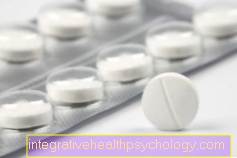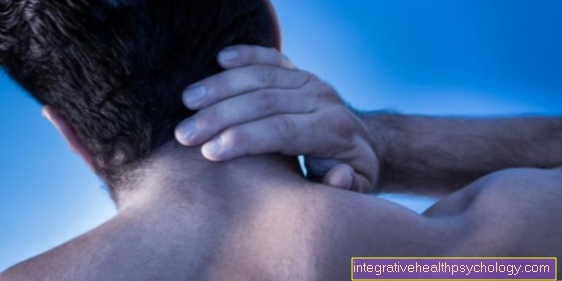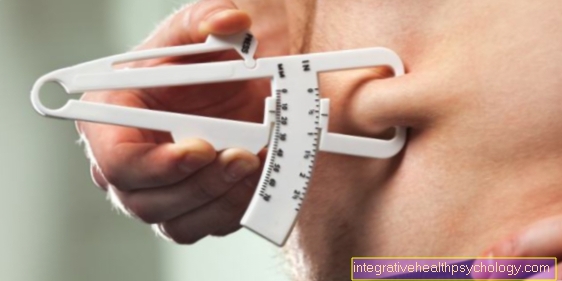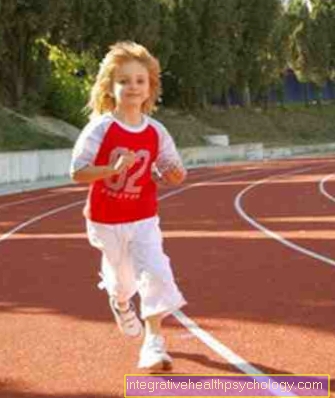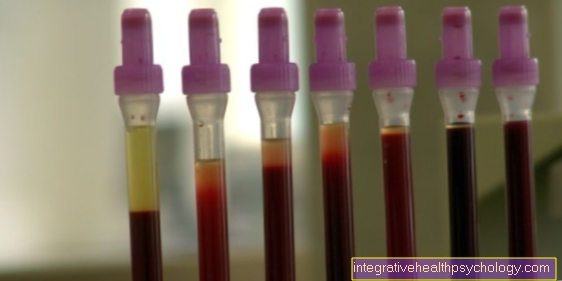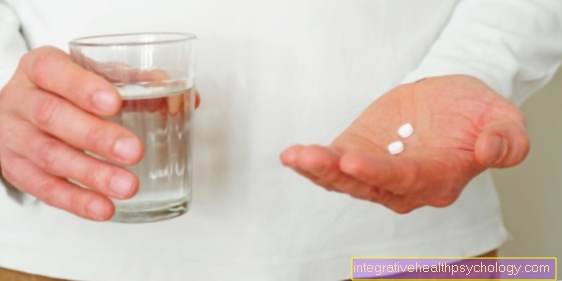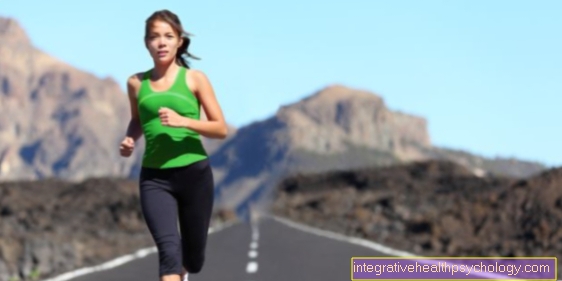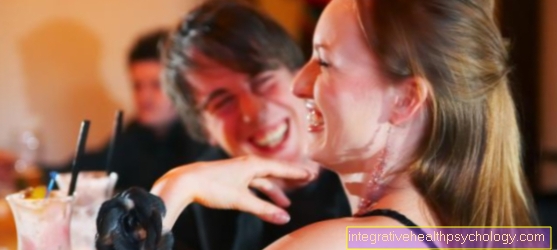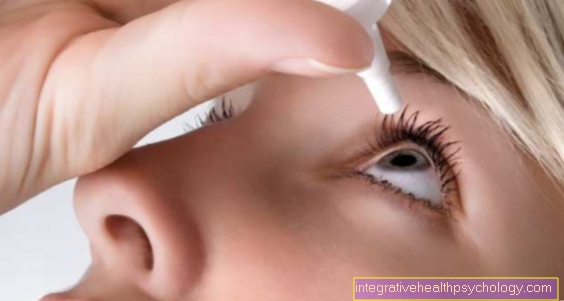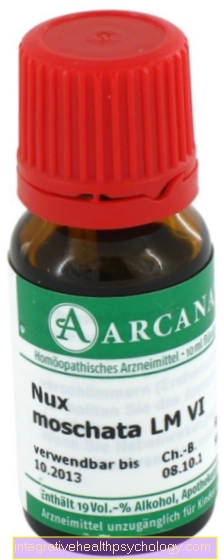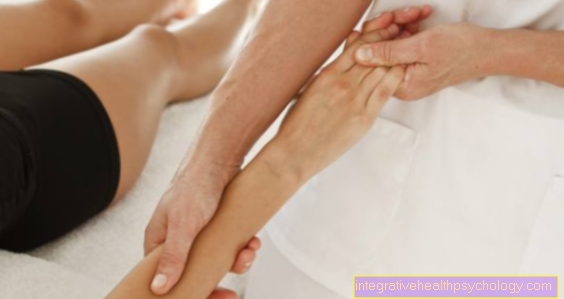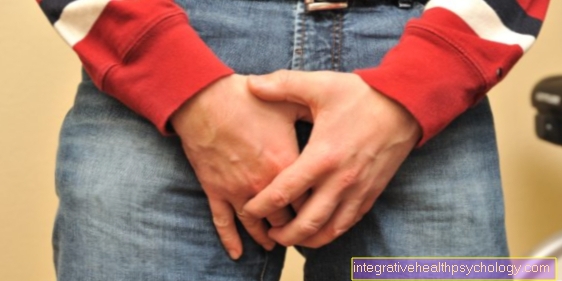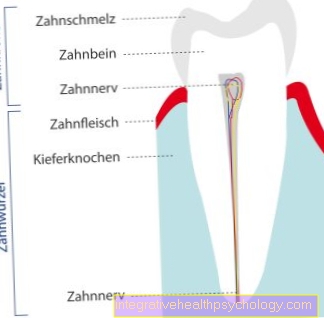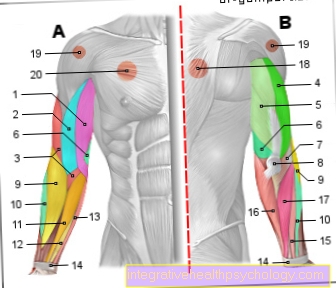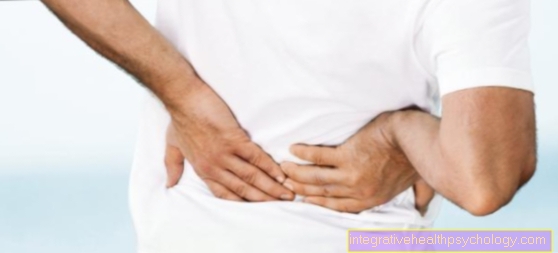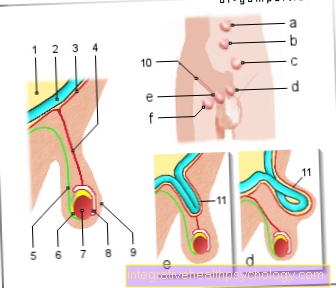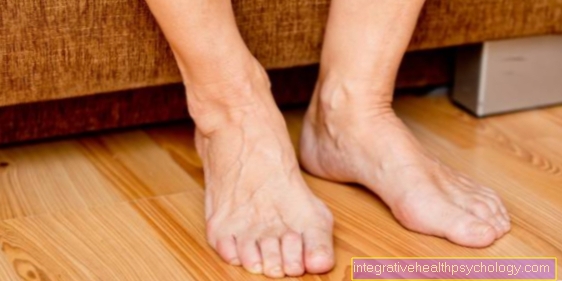Cardiac MRI
introduction
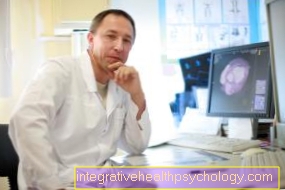
MRI is the abbreviation for magnetic resonance imaging. With the help of magnetic fields and radio waves, data is generated that is translated into images. In this way the anatomy and function of organs and tissues of the human body can be represented. An MRT on the heart is also called cardio-MRT and represents a further development of device technology in recent years, since moving organs such as the heart could not be displayed in this way before. With a cardio MRI, for example, a single examination can simultaneously determine whether the heart muscle is being supplied properly and whether a vessel in the heart has been changed.
The MRI examination of the heart is mainly used to draw precise conclusions as to which part of the heart has a disorder. MRT is a safe examination method that has so far not shown any harmful effects on the body. It is not about cell-damaging radiation like an X-ray examination or a computed tomography (CT). Certain body functions are checked during the examination. To do this, electrodes are stuck to the chest in order to monitor the heart function with the help of an electrocardiogram (EKG), a blood pressure cuff is placed on the upper arm and a plug is usually attached to the finger, which measures the oxygen content in the blood (oxygen saturation).
In addition, medication can be administered during the MRT examination that simulate stressful situations in the heart and, for example, increase the heart's activity (e.g. with dobutamine stress MRI). For example, it can show how much blood flows through the coronary arteries under stress. In this way, the danger of a narrowing in the vessels can be better assessed.
Contrast media for a heart MRI
An MRI scan of the heart is usually only possible using Contrast media possible.
Contrast media can be the signal which the Magnetic resonance tomograph should absorb, amplify and absorb, so that the heart and the structures to be examined can be better represented (i.e. appear darker or lighter on the computer-generated black and white image).
To do this, one or two vascular accesses (Infusions), which can be used to administer contrast media and medication for the examination. Medicines are used, for example, to simulate a stressful situation in the heart. Contrast media can unwanted side effects which is why the risks and benefits must be carefully weighed up depending on the previous illness.
Possible complications when administering contrast media as part of an MRI on the heart is a severe stress on the heart.
Depending on the underlying disease, different medications given during the MRI scan can lead to:
- Chest pain (angina pectoris)
- a headache
- shortness of breath
- dizziness
or - Rise or fall in blood pressure
come.
In addition, a Palpitations triggered, leading to dangerous Cardiac arrhythmias can lead.
In some cases that will Injecting the contrast agent perceived as unpleasant or the person affected feels cold or warm. As a rule, however, MRI contrast media are much better tolerated than many X-ray contrast media, especially since they do not damage the kidneys.
What should you watch out for with a cardiac MRI?
A magnetic resonance tomograph generates images of tissues and structures using a strong magnetic field. For this reason, no magnetic material should be in the room during the examination, as the switched on device would immediately attract everything with great force. For safety reasons, an MRI scan cannot be used on some people. These include, for example, people with pacemakers, implanted defibrillators, drug pumps (e.g. cancer patients) or ports (permanent access for drugs).
Read more on the subject at: MRI with a pacemaker
All of these things contain metals that could interact with the magnetic field and cause harm to the person. But tattoos that have been engraved with lead-containing colors are also a contraindication for a cardio MRI. Before the examination, all piercings, watches and other jewelry must be removed from the body.
Further information can be found on our website MRIs and tattoos or MRIs and piercings
Modern screws, plates or artificial hip joints are made of titanium or another metal that does not react magnetically and is therefore harmless during an MRI examination. During an MRI scan of the heart, instructions are usually given on how to breathe in or hold your breath. In order to increase the informative value of the images, these instructions should be followed very carefully.
When is an MRI performed on the heart (indication)?
There are a variety of heart disorders for which an MRI scan can help identify the exact location or cause of the discomfort.
For example, work after a Heart attack (Myocardial infarction) Parts of the heart muscle are no longer sufficient because they were not supplied with blood. To see how much myocardial tissue is no longer working and how much has changed through therapies like one Bypass surgery can still be saved after a heart attack Cardio MRI be made.
Also changes and diseases of the Coronary arteries, i.e. the vessels that supply the heart with blood, can use a MRI examination being represented. You can use the MRI image of the heart, for example, bulges (Aneurysms), Inflammation or Blood clots in the vessel wall.
Limescale depositsas she did at the arteriosclerosis occur, are difficult to make visible in the MRI of the heart. However, the best way to visualize the coronary arteries is still to visualize it using a Cardiac catheter at the so-called Coronary angiography. The vessels in the heart become thinner and thinner and at some point they can no longer be displayed for the MRI. However, the blood flow to the heart muscle through the coronary arteries can be assessed well in the MRT, for example by administering a drug that causes stress on the heart.
This shows which areas of the heart are adequately supplied under load and which are not. Even after one Bypass surgery An MRI scan of the heart may be useful to check the patency of the newly created vascular connections.
There are a number of other indications for which a cardiac MRI can be performed. This includes congenital heart defects, Heart tumors, Cardiac clots (Thrombi), Valvular heart disease or diseases of the great vessels of the chest.
Cost of an MRI from the heart
The cost of a MRI examination of the heart is usually covered by the statutory health insurance.
In the last few years it has even been shown that cardiac MRI saves costs in the long term because unnecessary additional examinations can be omitted.
If, for example, a suspected coronary artery disease (Coronary artery disease, CHD) An MRI is performed instead of a catheter examination, it can lead to cost savings of up to 50 percent. Because of this, more and more Cardiac MRIs carried out.
You can find more detailed information on the costs at: Cost of MRI examination
Duration of a cardiac MRI
It takes about 60 to 90 minutes to perform an MRI scan on the heart. Before the examination, a checklist is requested, for example whether a Pacemaker implanted or whether you have metal on your body. Otherwise, cardiac MRI does not require any special patient preparation. However, good cooperation is required during the investigation, as certain Breathing commands are given. For a duration of less than 25 seconds, the breath must be held at certain intervals, so-called breath-hold sequences can be included. After the examination, the daily routine can continue unhindered, there are no restrictions on the use of machines or cars. As a rule, the processing of the data and the post-processing and the creation of the digital MRI images take a long time and it may not be possible to discuss the results until the next day.
Diseases that can be diagnosed with the heart MRI
Inflammation of the heart muscle (myocarditis)
A Myocarditis (Myocarditis) is a serious disease that can and usually occur in the context of general infections sudden cardiac death or a poor performance of the heart.
Diagnosing a Myocarditis is made using Blood work, electrocardiogram (EKG) and Cardiac ultrasound (Cardio sonography) posed.
An MRI of the heart can be done in a Myocarditis can be used to determine the exact location of the inflammation focus in the heart muscle.
In this way, an ultrasound-controlled removal of diseased tissue (biopsy) be performed. In the further course of the disease, a heart MRI can be useful to monitor the heart's activity and the Blood flow to the heart muscle tissue to investigate. There is currently a controversial debate as to whether an MRI scan can indicate whether a complicated course of the disease is likely even if a heart muscle inflammation is suspected.
Also read more on the topic: Myocarditis
Sarcoid
Sarcoid or Boeck's disease is a systemic disease of Connective tissue, the cause of which is largely unknown and which can occur in many tissues. Involvement of the heart in sarcoid occurs in about 5 percent of cases.
At a Sarcoid can it to Cardiac arrhythmias or Heart failure come. An early diagnosis is very important for sarcoid, since the success of the treatment depends on an early and consistent therapy. Especially in the course and to estimate the prognosis for sarcoid at Heart, an MRI scan is important.
There is also evidence that an MRI scan with no abnormal findings in sarcoid can rule out cardiac involvement in the disease.
Read more on the subject Sarcoid
MRI lungs
The lung is dark in the conventional MRT image and therefore not easy to display. There are various research approaches to make an MRI scan of the lungs possible, for example through the Inhalation of gases as contrast media. What the MRI examination in the chest area is routinely used for, however, is for the diagnosis of a Pulmonary embolism. This refers to the acute closure of one or more pulmonary vessels, which is usually caused by a deep vein thrombosis (DVT) is triggered. Other changes to the Blood vessels of the lungs how arteriosclerosis (Hardening of the arteries) or Aneurysms (Bulges in the vessel wall) can be displayed.
Also can Tumors in the lungs as well as tumors in the esophagus (Esophagus) or in Heart can be visualized using an MRI scan. The MRI examination of the lungs is also important in the case of inflammatory changes, for example in the Cystic Fibrosis (Cystic fibrosis).
The same contraindications apply here as for any MRI examination.
Important A heart MRI cannot be combined with an MRI of the lungs in one session.
Read more about the MRI of the lungs.
Do you have to come to the examination sober?
A MRI scan on the heart does not have to be done on an empty stomach. Before the examination, a light meal are taken and the medication is usually taken as usual, unless there is an exact agreement with the attending physician that something should be left out for the examination.
Heart medicationWhen taking Nitrates, Beta blockers or Molsidomine An MRI scan of the heart may not be possible if there is no way to stop taking these drugs about 24 hours before the scan. If in doubt, a doctor should be consulted about taking the medication.
In addition, certain foods should not be consumed in the 24 hours before a cardiac MRI, as their ingredients can influence the heart's activity and falsify the test results.
These include, for example (also decaffeinated) coffee, tea, Chocolate, cola or energy drinks.


